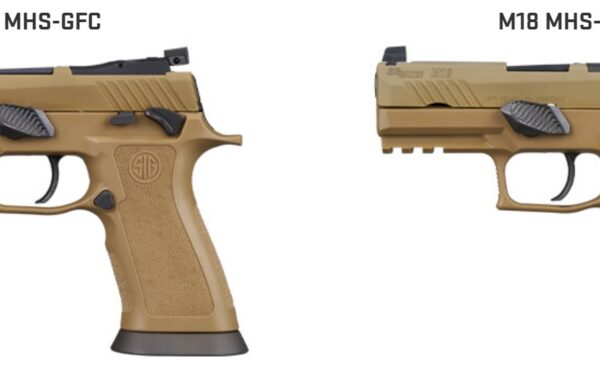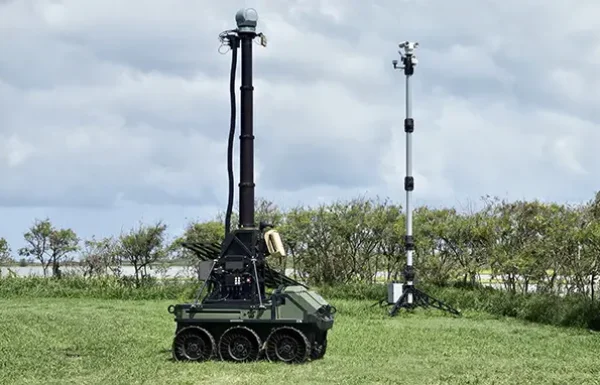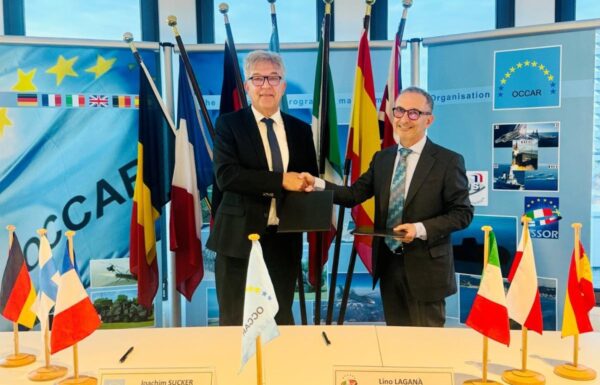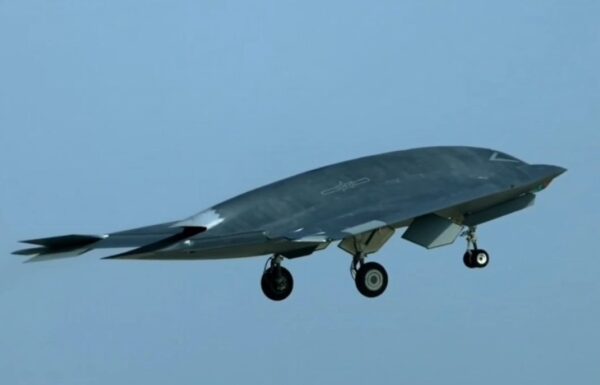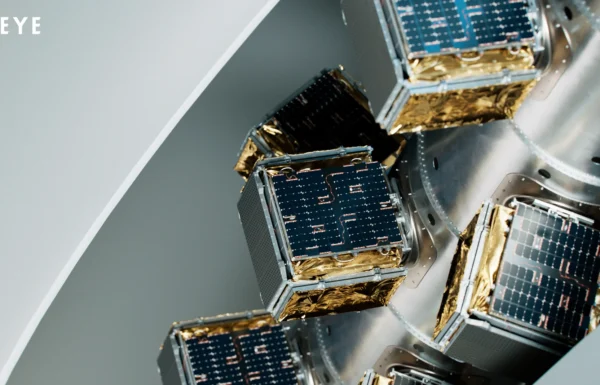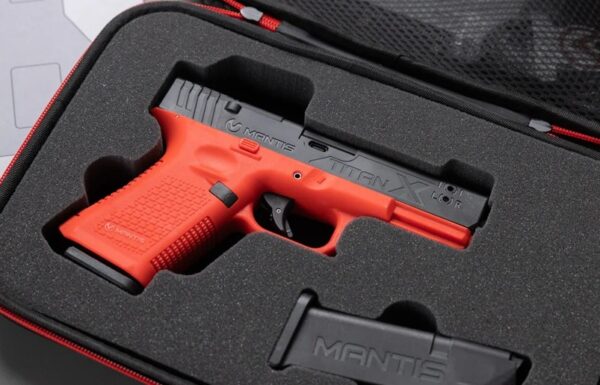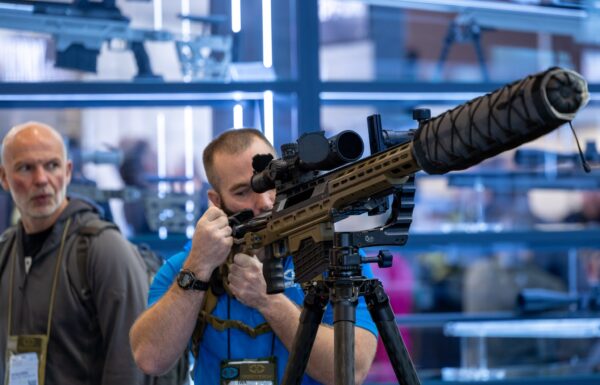On Tuesday, February 4, 2025, the European company Airbus Defence and Space (a part of the Airbus Group) as the prime contractor, and the French company Thales as a subcontractor, signed a 24-month contract with the French Directorate General of Armaments (Direction générale de l’Armement, DGA) under the Ministry of Armed Forces. The contract is for the development of a risk reduction study within the PATMAR program, aimed at selecting a successor to the Breguet Atlantique 2 (ATL2) patrol aircraft currently in service with the French Navy (Marine nationale).
 Image: Airbus Defence and Space
Image: Airbus Defence and Space
The contract is a continuation of the architectural study phase, which began at the end of 2022, followed by an 18-month feasibility study under an agreement signed on December 22, 2023. At that time, the DGA awarded contracts worth 10.9 million EUR to Airbus Defence and Space and Dassault Aviation, initially considering the A319neo and Falcon 10X as platform options.
The PATMAR program is being developed independently by France following the failure of the French-German MAWS (Maritime Airborne Warfare System) program, after Berlin decided to procure the P-8A Poseidon. Previously, under the MAWS program, Airbus had proposed the A320neo M3A platform. However, the current choice has shifted to the A321 MPA (Maritime Patrol Aircraft), based on the long-range civilian airliner A321 XLR (Xtra Long Range). A mock-up of the aircraft was unveiled from November 4–7, 2024, at the Euronaval defense industry exhibition in Paris.
“The A321 MPA (Maritime Patrol Aircraft) has all the assets to become a true flying frigate capable of responding to the wide range of missions entrusted to the French maritime patrol,” said Jean-Brice Dumont, Executive Vice President, Head of Air Power at Airbus Defence and Space. “Airbus offers a sovereign solution that provides the autonomy, availability and reliability required to contribute to the oceanic component of the nuclear deterrence.”
The goal of the new contract is to prepare for the development and production launch of the patrol aircraft program by the end of 2026. It will allow for the further use of the initial results from the architectural study to refine the economic and industrial conditions for the program’s implementation, guide technical system selections for integration into the aircraft, and conduct initial wind tunnel tests.
These systems include a sensor suite, communication assets, a machine learning-based (artificial intelligence) support system, and weapons integration, particularly the future FMAN/FMC (Le Futur Missile Antinavire/Futur Missile de Croisière) anti-ship missile, better known in English as the MBDA FC/ASW (Future Cruise/Anti-Ship Weapon).
The new platform is expected to enter service after 2030 and will be tasked with detecting, tracking, and engaging submarines, as well as conducting maritime reconnaissance. The A321 MPA is designed for a 40-year service life and will be equipped with communication antenna arrays on the top and bottom of the fuselage, a mission compartment with a weapons bay, and additional mission equipment. The baseline A321 XLR was first flown in June 2022 and has a flight range of up to 7,500 km. It is designed to provide sufficient electrical power to support mission equipment, while airframe modifications will be kept limited to ensure operating costs remain economically viable for users.
As mentioned, Airbus’s partner in the project is Thales, which will develop and supply the entire electronic equipment package. This includes a new-generation conformal maritime radar, an acoustic system utilizing passive and active sonar buoys, electronic and electro-optical warfare systems, a magnetic anomaly detector (MAD), and self-defense systems. Detailed information on the specifications and performance remains classified.
The fleet of 22 ATL2 aircraft, stationed at the Lann-Bihoué Naval Air Base, is set to be replaced. These aircraft entered service in the early 1990s. Currently, 16 of them are undergoing an upgrade to the Standard 6 version, a process expected to be completed this year. As part of the modernization, they are being equipped with a new Thales SearchMaster multifunction radar, among other enhancements. However, they are planned to be retired by 2035. Recently, SonoFlash sonar buoys with the FLASH Sonics sonar—also supplied by Thales—were ordered for the fleet.
The A321 MPA will compete with the widely used Boeing P-8A Poseidon from the United States and the planned Embraer C-390 IVR reconnaissance and patrol aircraft from Brazil.
Airbus signs new study contract to define France's future maritime patrol aircraft.
The A321 MPA is designed to meet all the operational requirements of the French Navy, mainly in anti-submarine and anti-ship warfare, from low to high intensity, as well as intelligence… pic.twitter.com/FSQBjj3GER
— Airbus Defence (@AirbusDefence) February 4, 2025


